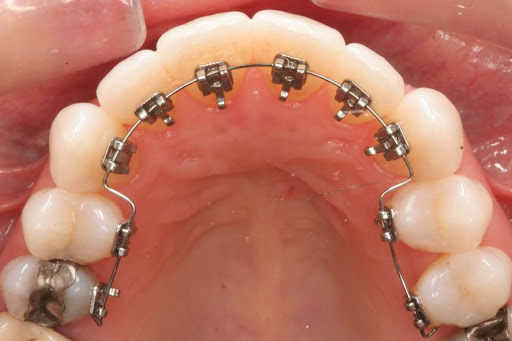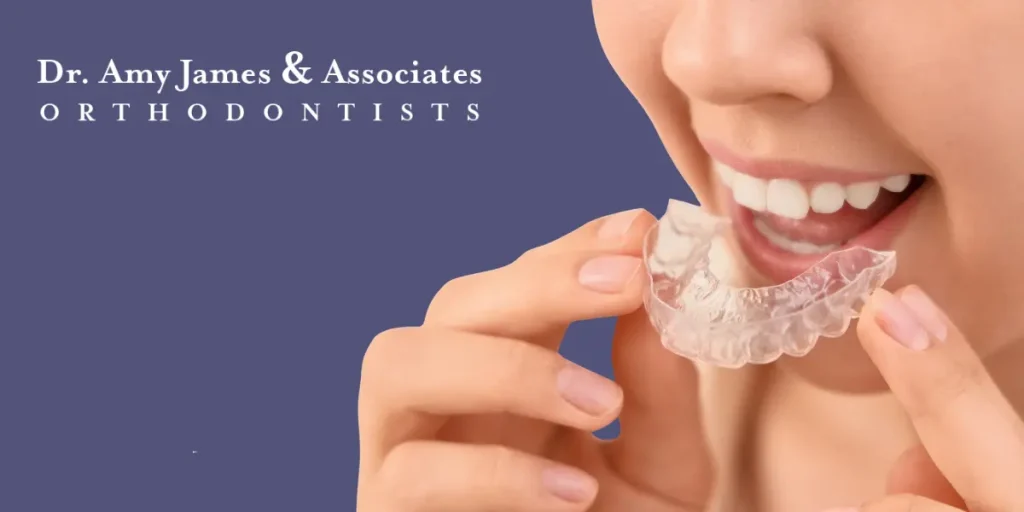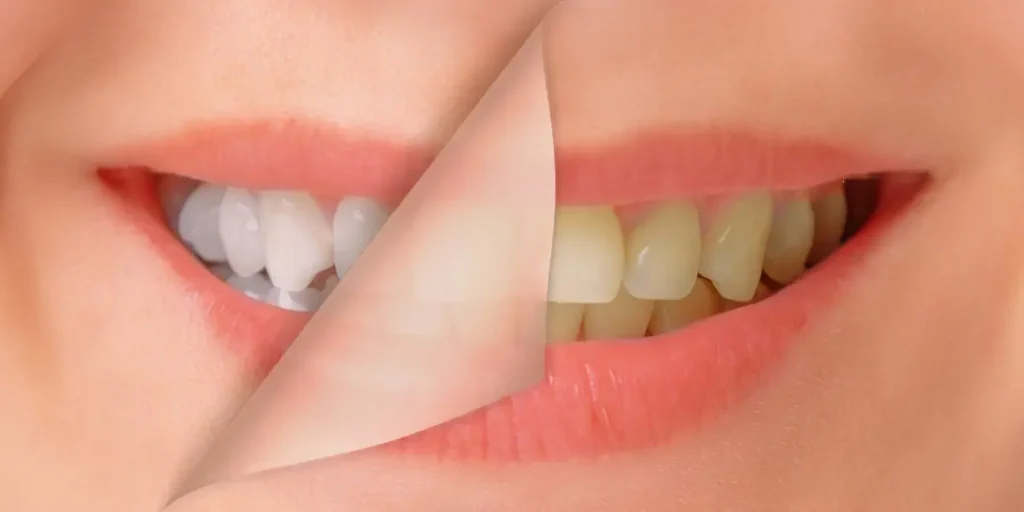You have decided to have your teeth straightened and look forward to a bright, new smile at the end of your treatment! Now it’s time to decide which kind of braces best fit your needs and your lifestyle. There are more choices than ever today, and one that may interest you is lingual braces.
You know that they are affixed to the back of your teeth, which makes them much less visible. But maybe you have also heard that lingual braces adversely affect your speech, so you’re not sure how that would affect you at work.
Let’s learn what’s true about lingual braces and what are the lingual braces misconceptions. Then, you and your orthodontist can make the best decision for you.
Myths and Facts About Lingual Braces
Keep in mind that your orthodontist is the best source of information about the type of braces you need. Each patient’s needs are different, so listen carefully to what your doctor recommends after a thorough examination, x-rays, and digital images. Ask all the questions you have and don’t rush this decision.
But, to help clear up some common confusion, here are some lingual braces myths and the corresponding facts to consider:
Myth #1 – Lingual Braces Are Too Expensive
Lingual braces cost too much for most people. They are only for the wealthy.
Fact #1 – The Price Is a Balancing Act
The cost of anything is determined by much more than a price tag. If you have put off getting braces at all because of their visibility, a decision to finally straighten your teeth with lingual braces is a good move. Lingual braces are often a good choice for professionals in the workplace, even with the higher cost.
Myth #2 – Lingual Braces Cause Speech Problems
Brackets that fit on the back side of your teeth will alter your speech much longer than with traditional braces. Some people say that the problem persisted as long as they wore braces.

Fact #2 – Speech Problems Usually Disappear After a Few Weeks
Lingual braces mainly affect the tongue versus the lips and cheeks, which results in a slight lisp. However, any type of braces will result in some speech problems at first. While all braces can cause a temporary lisp, lingual braces may result in a lisp for around a month. Your orthodontist can refer you to a speech therapist to help adjust to this issue if it is extremely bothersome.
Myth #3 – Lingual Braces Are More Painful
The brackets and wires rub the tongue and cause a great deal of pain. The tongue can turn bright red and remain very sore.
Fact #3 – Discomfort Levels Vary And Manufacturing Changes Are Helping
Not everyone reacts the same to the braces on the inside of their teeth. Both lingual and traditional braces may cause some initial discomfort that lessens over time. Plus, manufacturers of lingual braces are making them smaller and smoother and the brackets are customized. Both of those changes decrease the levels of discomfort.
A scientific study of 120 adults with different types of orthodontic appliances found that those who wore lingual braces had the lowest level of pain throughout their first month of treatment.
Myth #4 – The Patient’s Lifestyle Must Change a Great Deal
Patients with lingual braces must change the way they eat, brush their teeth, and speak while wearing lingual braces.
Fact #4 – Any Type of Braces Require Lifestyle Changes
Choosing a worthwhile goal always requires changes and any kind of braces demands that the patient adapt a little. Lingual braces, however, have some distinct advantages. For example, they are easier to wear for those who play a musical instrument.
Since lingual braces sit on the back of the teeth, no changes to mouth or lip positions are necessary for playing woodwind or brass musical instruments. Playing sports is also safer with lingual braces since a blow to the mouth won’t directly affect the brackets and wires.

And here’s some more good news: Kissing is easier if you wear lingual braces since there are no brackets on the front of the teeth to get in the way!
Myth #5 – Not All Orthodontic Problems Can Be Treated with Lingual Braces
This is true. But no orthodontic device can treat all problems.
Fact #5 – Lingual Braces Can Treat Mild and Complex Orthodontic Issues
Lingual braces can correct severely crowded teeth as well as spacing and bite problems. And for some simpler issues, lingual braces offer a shorter course of treatment. There are lingual braces specially designed to straighten just the front teeth, for example.
When choosing the type of braces you will wear to create your new smile, take your time to research the options and ask questions. Most orthodontists offer a free initial consultation so meet with at least two to get a comparison of all the factors involved.
Check out their professional qualifications and experience with lingual braces and beware of anyone who is trying to steer you toward a choice you don’t understand or aren’t comfortable with.
Lingual Braces are an Effective Means to a Beautiful Smile
Lingual braces provide the ultimate esthetic advantages of being inconspicuous and capable of performing orthodontic tooth movements similar to traditional brackets.
However, as you can see, there are several myths associated with lingual braces, most of which are either misunderstandings of how they work or marketing efforts by companies selling other types of braces. Potential wearers need to have the facts before making a decision.
If you are considering lingual braces and would like to learn more about them, the first step is to make an appointment with us here at Dr. Amy James and Associates Orthodontists. Our team is trained in the use of lingual braces, as well as traditional braces and clear aligners, and would love to be part of your journey. We acknowledge that every patient has different goals and needs and pride ourselves in the customized service we deliver to every patient.
Contact us today with your questions or to schedule an appointment!




